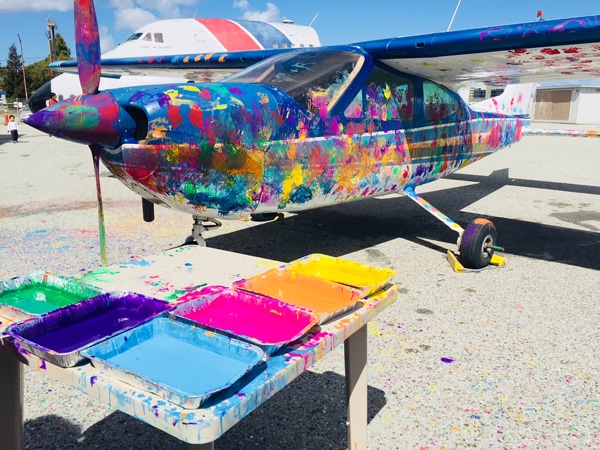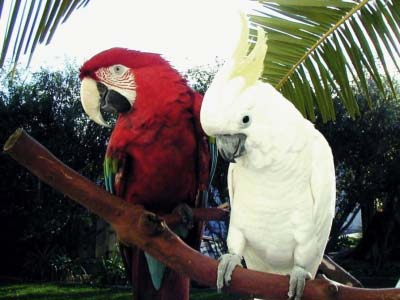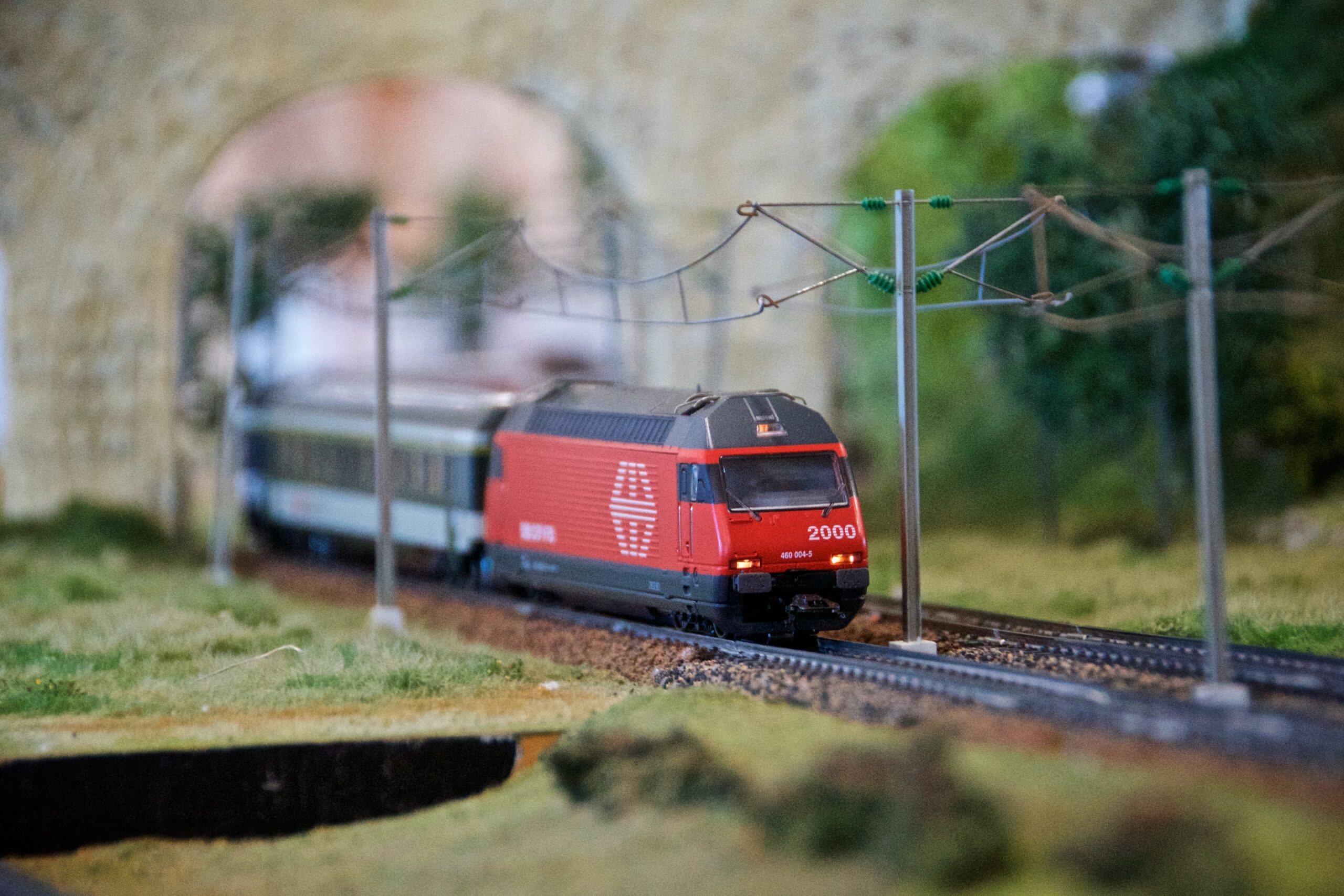Boeing 747-100 Nose Section and Cockpit
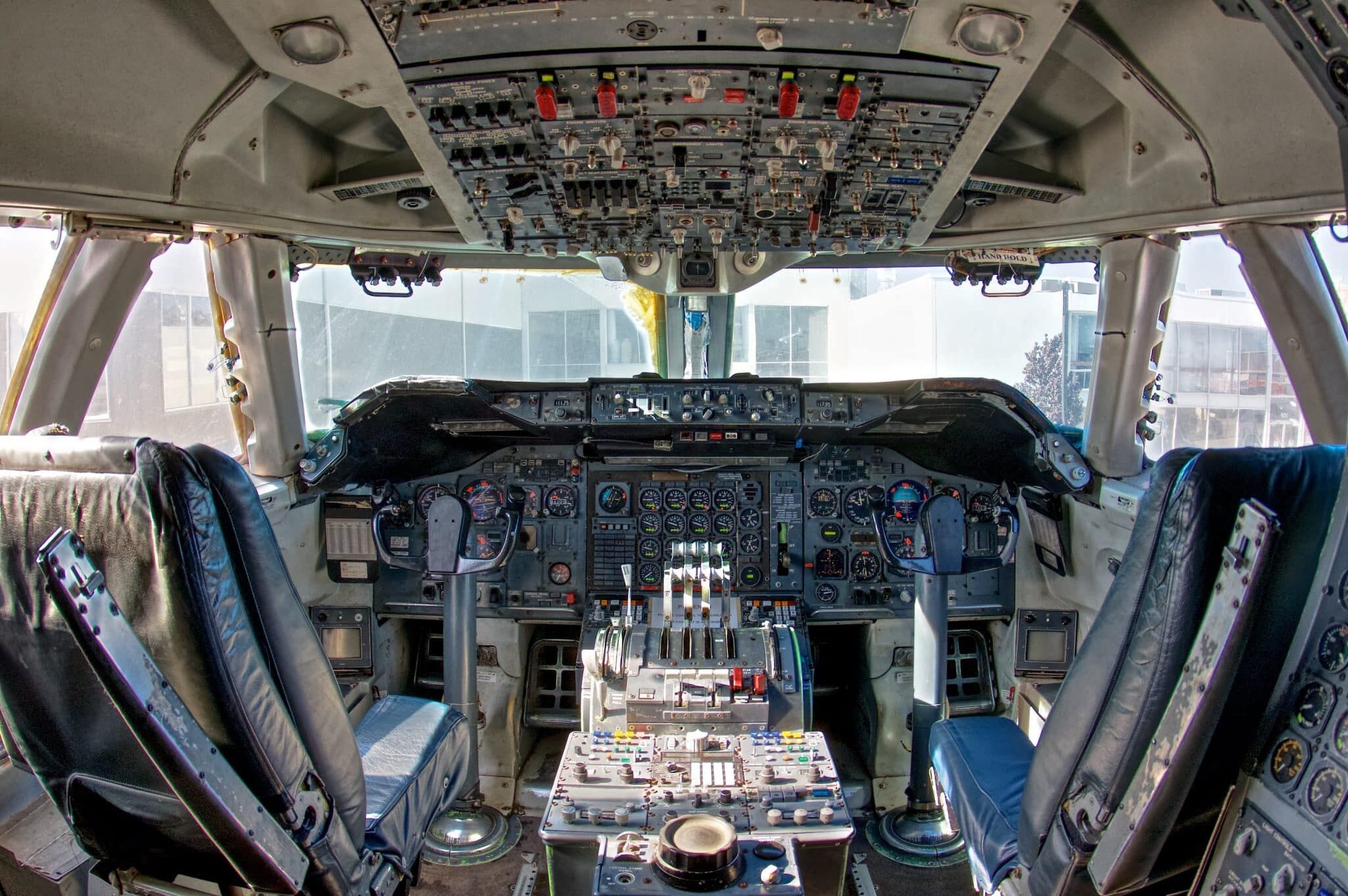
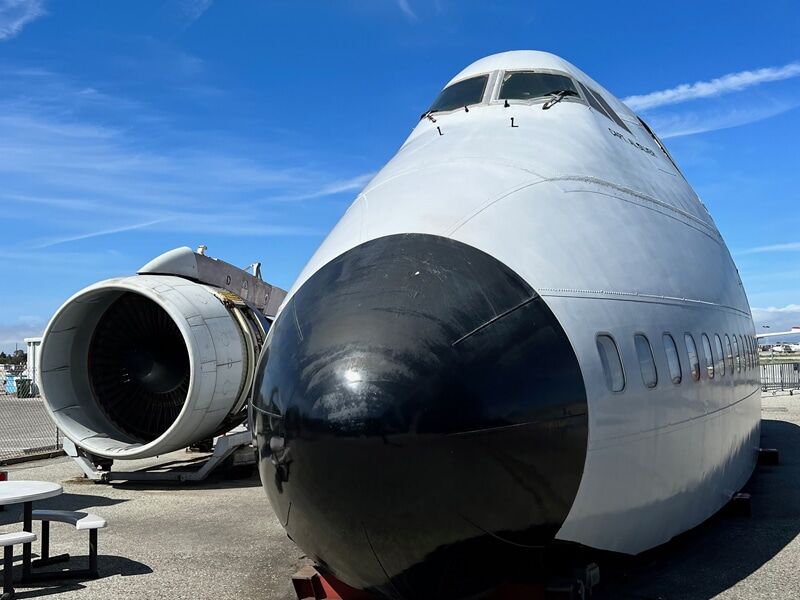
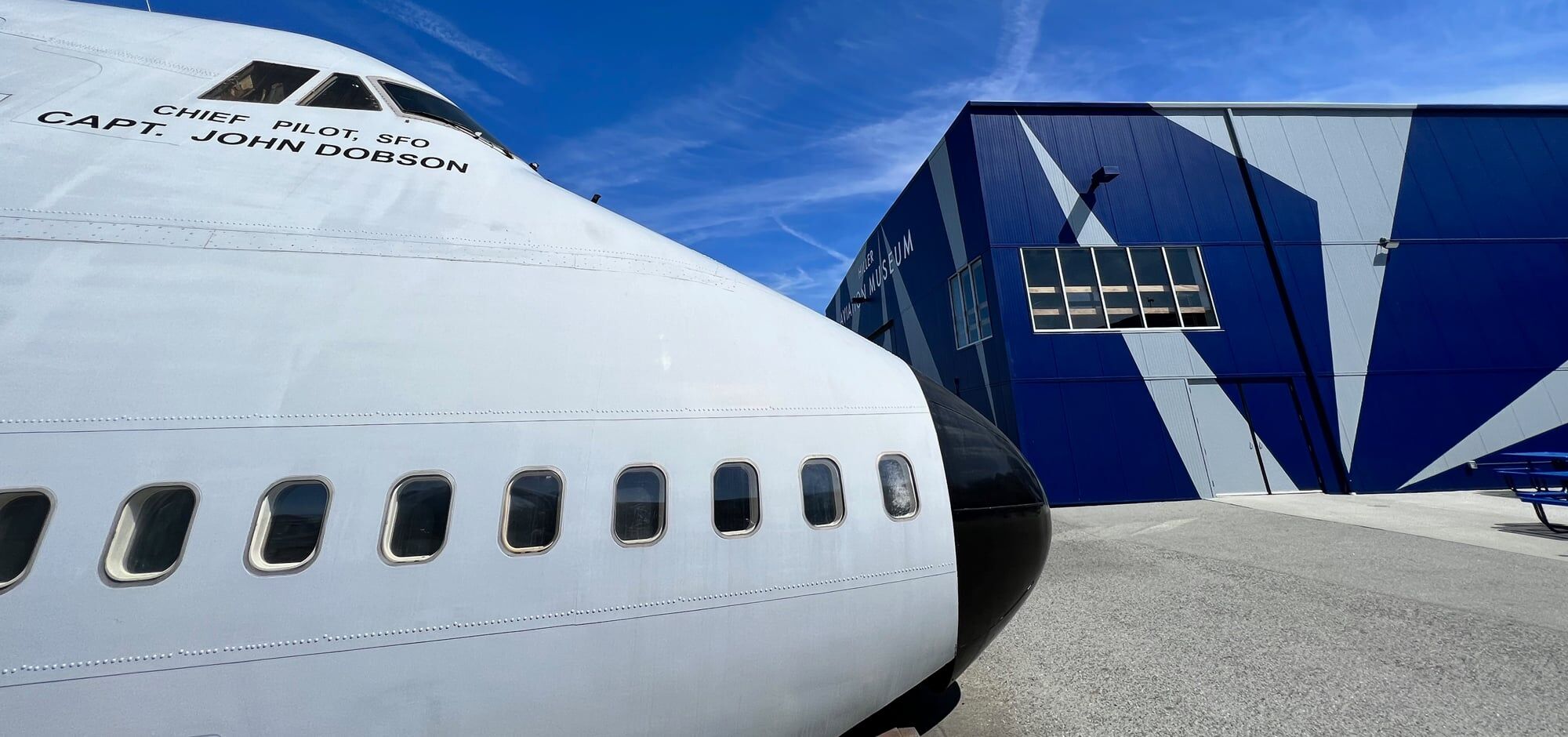
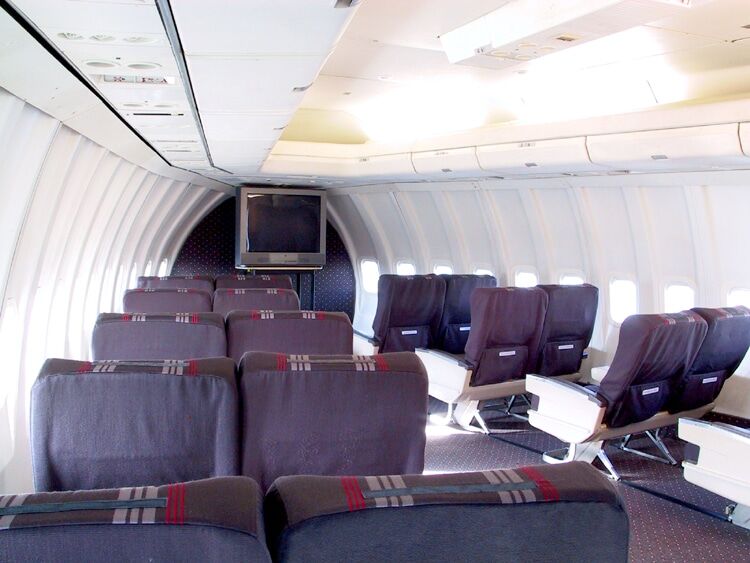
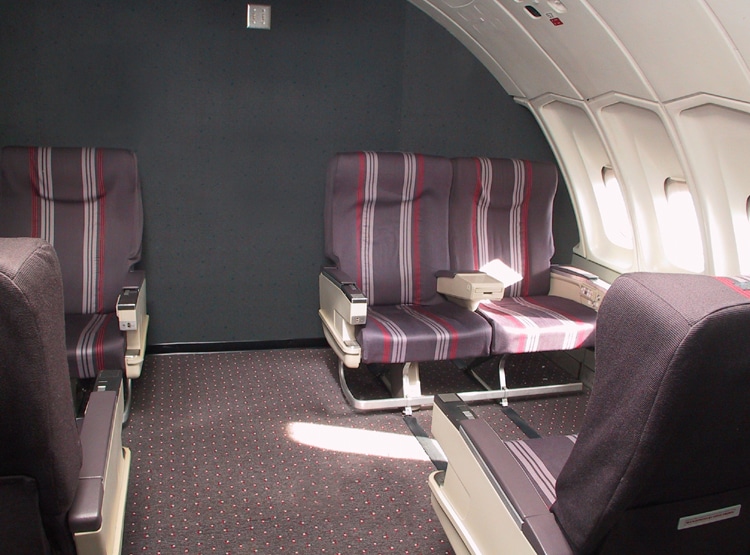
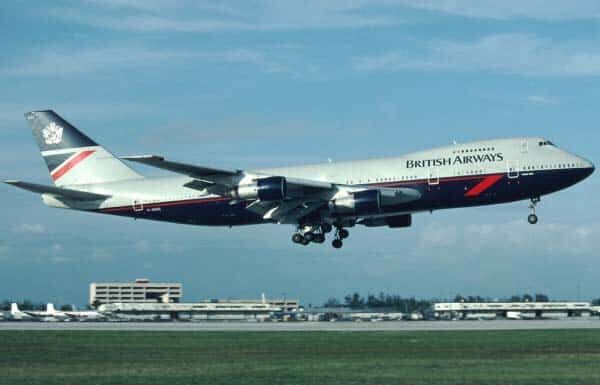
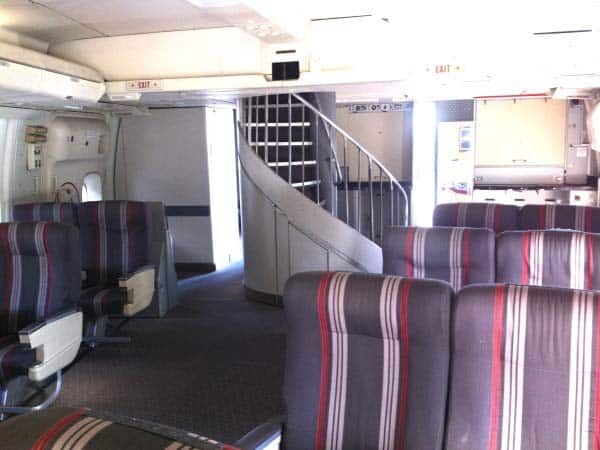
The Boeing 747-100 was the first production version of the iconic wide-body aircraft, entering airline service in 1970. The instantly recognizable forward fuselage contained a unique innovation in modern jet travel: a two-story first-class cabin and flight deck.
The museum’s Boeing 747-136, serial #20269 with the registration number of G-AWNG, first flew in March 1971. She flew her distinguished life in British Airways colors and was christened “Rutland Water” after a lake in central England. This model 136, meaning she was powered with Pratt & Whitney engines, served for 27 years. Her final service flight was from New York’s Kennedy Airport to London’s Heathrow Airport. Her last flight ended her illustrious career at Roswell, New Mexico in December 1998. Known as NG, (to those that flew her) our aircraft flew 106,622 hours and made 21,639 landings before being sold to ARR Corporation in Roswell for salvage on December 14, 1998. That averages over twelve hours a day of aircraft utilization during the life of the aircraft.
The museum had been searching for a 747-cockpit section for display when AAR made a very generous donation of an intact one. The museum had the responsibility to engineer, supervise, and pay all transportation costs to San Carlos, California. The forward 45 feet of the upper 2/3 of the fuselage was cut vertically and then horizontally into two sections. The smaller upper cockpit section was nested inside the larger lower passenger section for transport. An oversized truck load (22 feet wide) presented numerous transportation challenges through 3 states. It took coordination between local and state law enforcement agencies, assistance from CalTrans and CHP, and hard work by the disassembling, rigging and moving crews to get the 747 from New Mexico to San Carlos, California.
Two years of daily restoration work totaling some 15 thousand hours have gone into assembling this one-of-a-kind fantastic exhibit. Most of the expertise, materials, and labor for the reassembly was generously donated by United Airlines. The combined efforts of our volunteer restoration team, museum staff, United Airline mechanics and aircraft experts has turned this salvaged aircraft into a premier exhibit that will be preserved for posterity. The major benefactor of this project, retired Flying Tiger Captain Al Silver, requested the aircraft be painted with the Flying Tiger colors and logo in honor of the company that employed him for 35 years.
Enjoy your visit to our exhibit, a tribute to all the men and women of 747 series flight and ground crews around the world. Come explore the flight deck and see where dedicated flight crew go to work every day, in an aircraft which was in service for over 30 years.
Today’s Schedule 10:00 – 5:30
Today’s Schedule 10:00 - 5:30
The Hiller Aviation Museum is open daily from 10 AM to 5:30 PM. The museum is closed for Easter Sunday, Thanksgiving Day, and Christmas Day.
Upcoming Events
Paint-A-Plane
Paint-A-Plane
Join the excitement with special activities just for kids! Paint the Cessna Cardinal, check out in an airplane or helicopter, and more!
Happy Birds
Happy Birds
Performing birds dazzle with their intelligence and skills and their singular ability to inspire dreams of flight.
Eurowest Trains
Eurowest Trains
Eurowest 2025 is one of the Bay Area's premiere model train expos.
